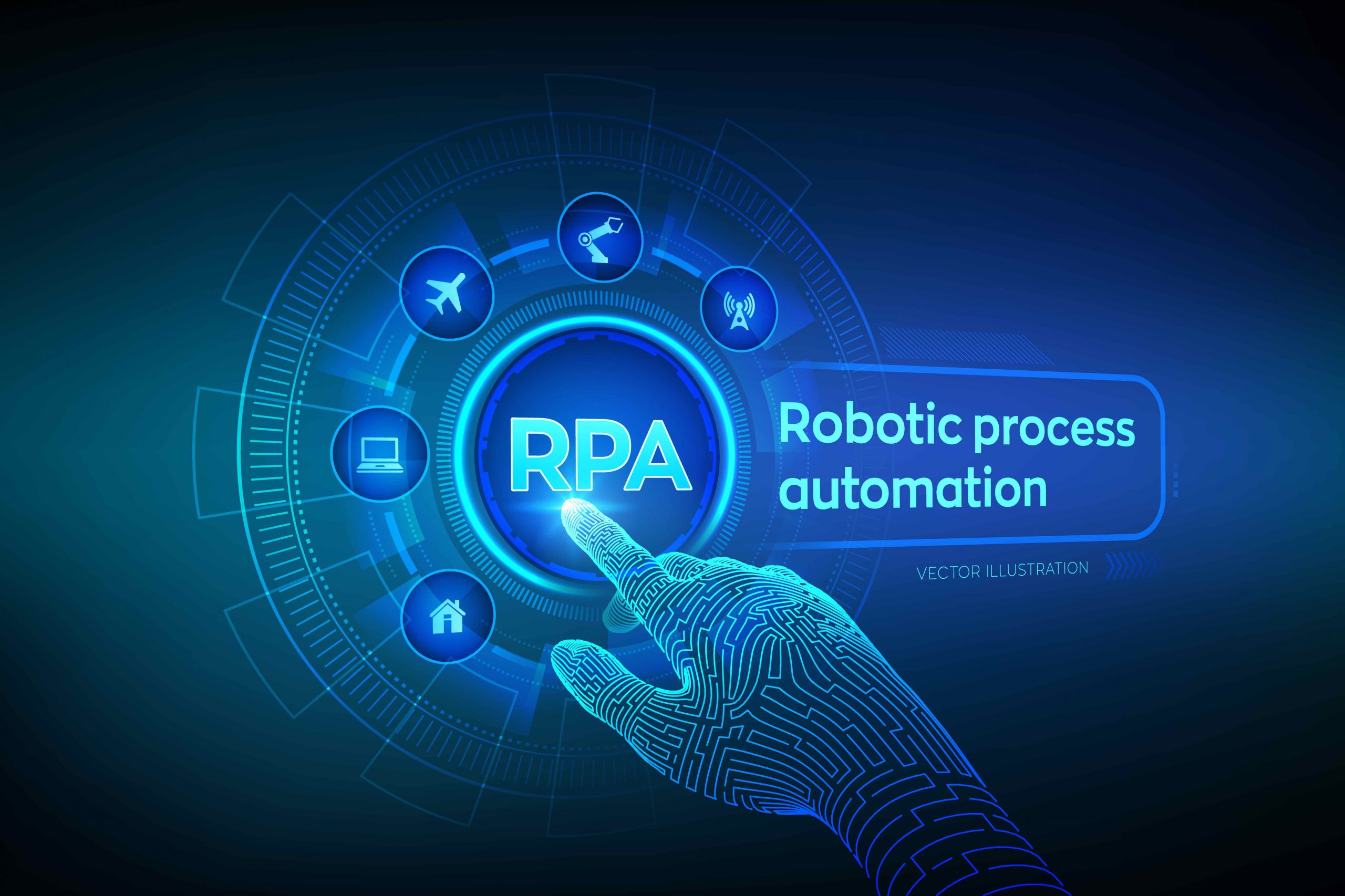How to Start Extreme Automation with AI-Controlled RPA Tools
This is how Horses for Sources HfS summarises it in a qualitative study on companies and their developing automation needs to be published soon. “We will achieve more in the next 18 months than in the last 10 years,” is the conclusion of one of the companies surveyed.
This perspective aptly reflects companies “efforts to develop new methods of remote control and quickly close operational gaps when they are forced to think differently to meet customer and employee needs. Extreme automation is one of the primary means to achieve these ends. Whether you call it extreme automation, hyperautomation, intelligent automation, or, above all, automation, it is essentially the same: the application of artificial intelligence AI and robotic process automation RPA combined with basic automation technologies such as workflow, decision-making, and content management to digitize and automate virtually any type of work on a scale.
Companies “high demands on automation have not changed, whether to speed up value-added time, do more with less, or create resilient customer and employee experiences. What’s changing are the tools to deliver on the promise of extreme automation. RPA is one of those evolving tools that add AI and other automation capabilities to move from simple task automation to broader scale.
The following picture compares traditional and extreme automation:

Why AI-driven RPA tools are a great way to get started with extreme automation
Prior to COVID-19, many RPA pilots focused with limited success on automating routine tasks in low-profile back-office processes. Now there is a new urgency to move from simple task automation to scaled automation or extreme automation that can better manage customer-oriented and revenue-producing processes.
50% of companies with RPA initiatives have fewer than 10 bots in production.
It remains a challenge to figure out how to scale beyond these pilot projects or small-scale projects, where AI-driven RPA tools come into play. Rather than adopting automation and AI into islands to channel old operating models or accelerate a limited number of simple tasks in bulky processes, the combination of RPA and AI software allows you to transition from swivel chair machining and routine task management to intelligent cordless machining. Here, smarter worker bots, some of which can learn, adapt and operate unsupervised, are introduced directly into your processes and systems to work on behalf or with human workers. AI-driven RPA tools allow you to take on new types of work and target a wider range of business and IT processes such as onboarding or incident management.
IBM Acquires New RPA Capabilities to Support Extreme Automation
If you have seen the IBM announcement blog or the HfS blog, you will know why we have acquired the Brazil-based RPA provider WDG SOLUÇÕES EM SISTEMAS E AUTOMAÇÃO DE PROCESSOS LTDA, hereinafter referred to as “WDG Automation.” By bringing robot process automation and AI-driven chatbot capabilities into the house, our goal is to help our customers quickly compete against successful AI-soaked automation solutions.
To this end, customers can now select IBM Robotic Process Automation as a Service with WDG Automation IBM RPA as a Service or our OEM with WDG Automation. IBM RPA as a Service includes the following features at a glance:
- Unattended bots: Use RPA bots to automate repetitive tasks without human intervention.
- Participating bots: Allow human workers to use bots to perform repetitive tasks on demand.
- Smart virtual agent chatbots: Combine chat and RPA commands to create attractive multi-channel chatbots, including web and interactive voice response.
- OCR Optical Character Recognition: Process documents by extracting structured data from unstructured content.
- Safe deposit box for login credentials: store login credentials securely for your bots
- Dashboards: Monitor, manage and get business insights into business operations.
With this fully functional, cloud-based RPA solution, customers can easily develop and manage bots by:
Use low-code editors for author bots:
- Choose from hundreds of ready-made commands to assemble bot scripts.
- Capture user interactions to automatically generate bot scripts to speed up the time to value.
- Test automation with a local bot agent.
- Store bots securely in an encrypted repository.
Managing bot schedules and configuring workload management:
- Manage the schedule for operating unattended bots.
- Intelligent division of labor across multiple bots to optimize throughput.
- Reduce operating costs by running multiple bots on the same virtual host.
Our goal is to make RPA a core competence within the IBM Cloud Pak ® family, starting with IBM Cloud Pak ® for Automation by the end of this year, 2020. With the RPA capabilities in IBM Cloud Pak for Automation and a simpler licensing model, customers can more easily start and scale projects for fast task automation while benefiting from integrated workflow, capture, decision and content management capabilities when they are needed.
“As we incorporate more AI into RPA capabilities such as exception handling, natural language processing, and unstructured content extraction, business and IT teams can look forward to enabling smart bots that can do more in even more places – compliance, risk, human resources, security, and supply chains – and focus on more job roles, such as the reliability engineer.” Mike Gilfix, Vice President, IBM Cloud Integration, “Why IBM Acquired This RPA Provider and What It Means for CxOs with Automation Initiatives”
It is important to reiterate this reality check: there is no miracle tool. No single RPA tool or bright, shiny object will solve the challenge of scaling automation or achieving ROI. You need integrated tools and resources to create end-to-end automation across business and IT operations, and it takes time and talent to do so. We remain committed to providing customers with the time, talent and tools to start and scale end-to-end automation where it can make the biggest difference.

